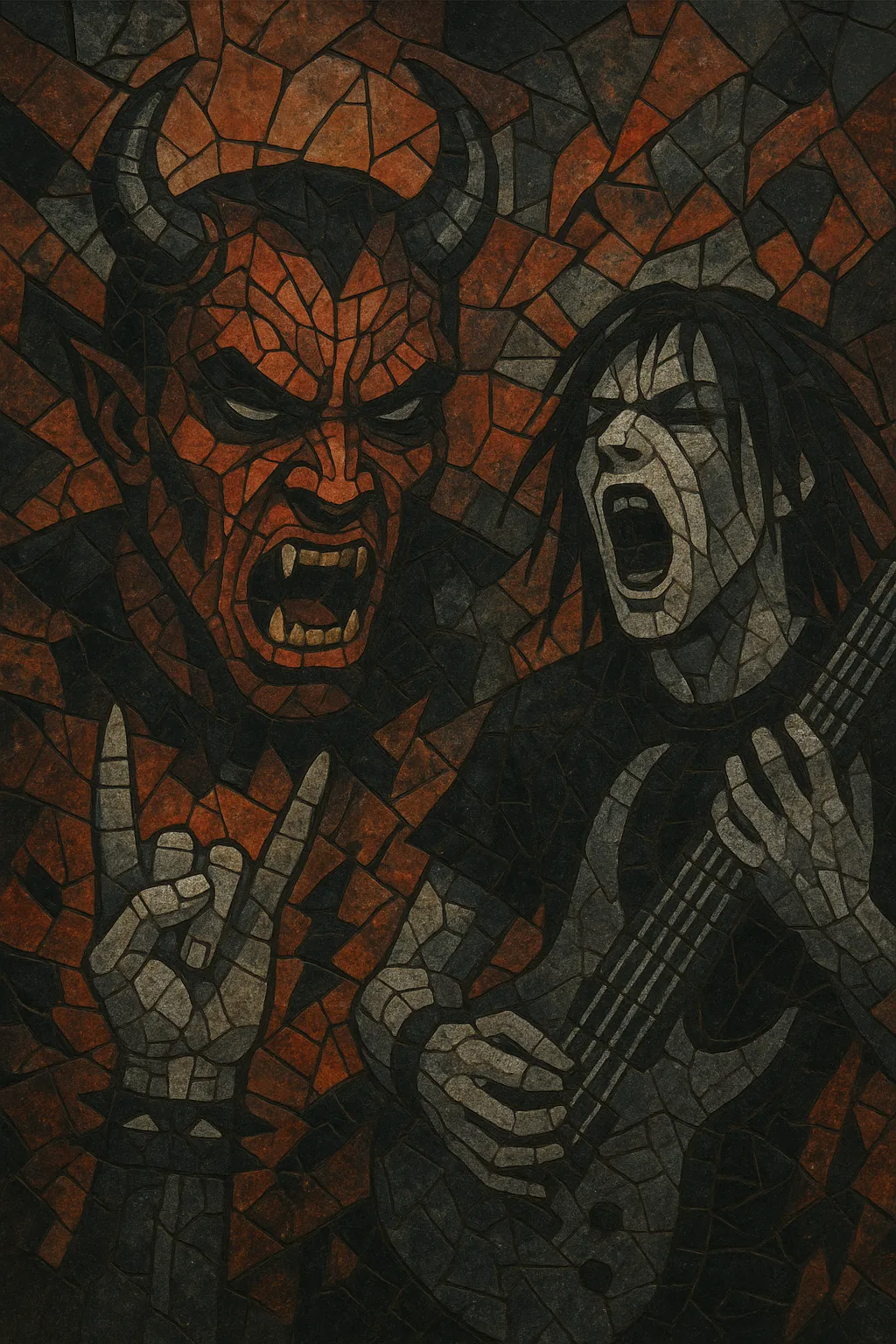Trap metal is a fusion of contemporary trap production and the aggression of metal and hardcore.
It typically pairs distorted 808 bass, half‑time trap drums, and rapid hi‑hat rolls with screamed or harshly delivered vocals, down‑tuned guitar riffs (live or sampled), and industrial textures.
Aesthetically, it emphasizes raw intensity, mosh‑pit energy, and abrasive sound design while retaining hip‑hop’s hook‑driven song structures and lyrical cadences.
Themes often revolve around alienation, rage, nihilism, and personal struggle, delivered with a visceral, cathartic tone.
Trap metal emerged in the 2010s from the online ecosystems of SoundCloud, YouTube, and DIY touring circuits in the United States and the UK. Artists and producers began combining trap’s booming 808s and hi‑hat programming with metal’s distortion, breakdown energy, and screamed vocals. Earlier touchpoints like industrial hip hop and rap metal, as well as punk‑rap’s confrontational delivery, provided a conceptual blueprint.
The sound crystallized when Scarlxrd (UK) and Ghostemane (US) popularized harsh vocal performances over trap beats and industrial‑tinged sound design. XXXTentacion’s early, distorted, scream‑laden singles pushed the aesthetic into mainstream hip‑hop conversations. City Morgue (ZillaKami & SosMula) further anchored the style with gritty, guitar‑forward production and brawny hooks, cultivating mosh‑heavy rap shows.
Through the late 2010s and early 2020s, acts like Jasiah, Dropout Kings, and Mimi Barks expanded the palette, from nu‑metal‑leaning arrangements to more industrial, noise‑washed textures. The scene benefited from the virality of short‑form video platforms and algorithmic playlists, translating online momentum into high‑energy live shows. The style’s sonic DNA bled into adjacent micro‑scenes, informing the aggression and distortion aesthetics of newer internet‑born movements (e.g., rage‑leaning rap and sigilkore), while continuing to evolve with hybrid live/electronic setups.
Visuals often feature metal iconography, horror‑adjacent imagery, and DIY streetwear. Performances encourage crowd‑surging and call‑and‑response shouts more akin to hardcore shows than traditional rap gigs. Despite its abrasiveness, trap metal maintains hip‑hop’s concise song forms, hook emphasis, and producer‑led identities.


